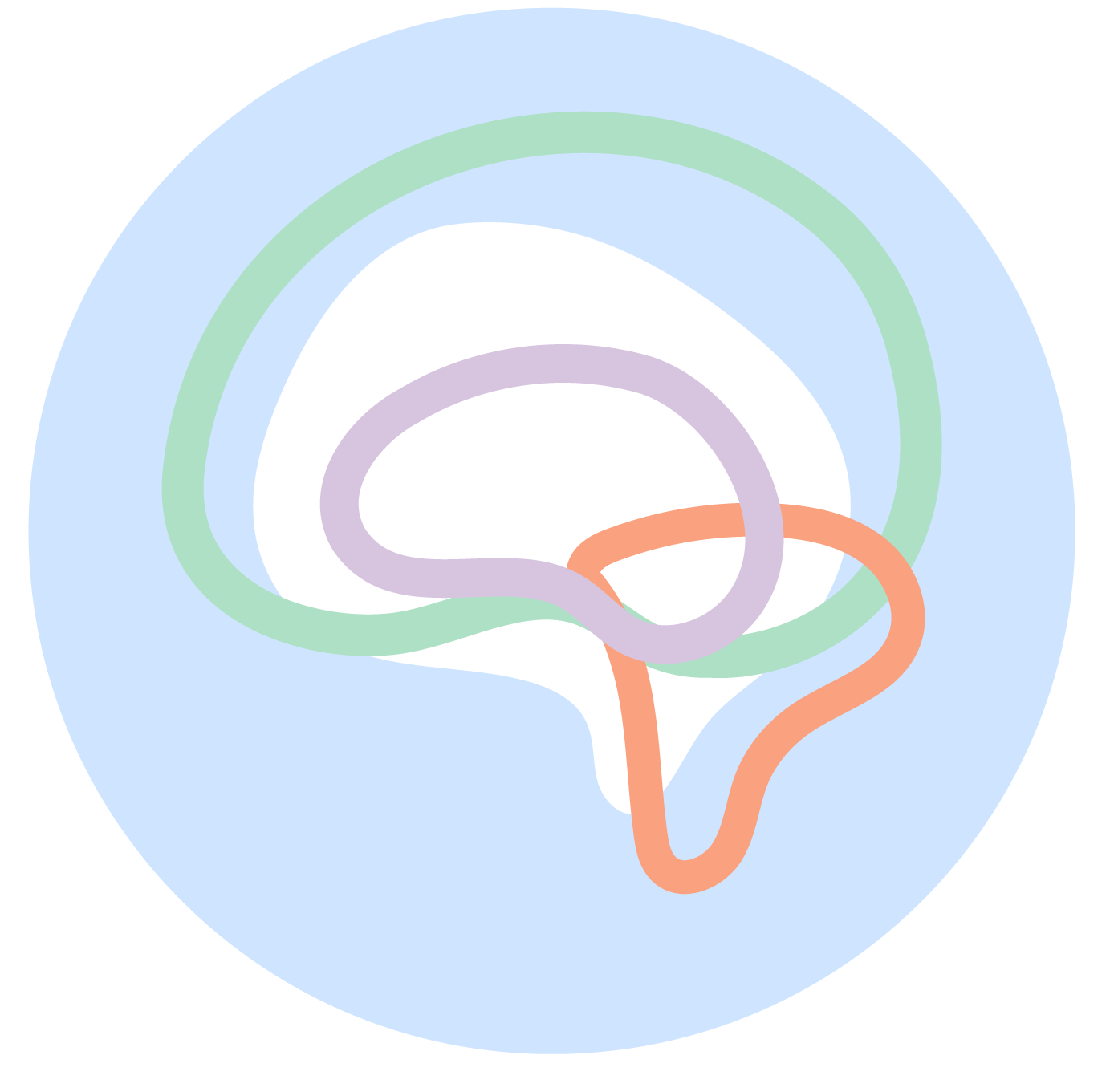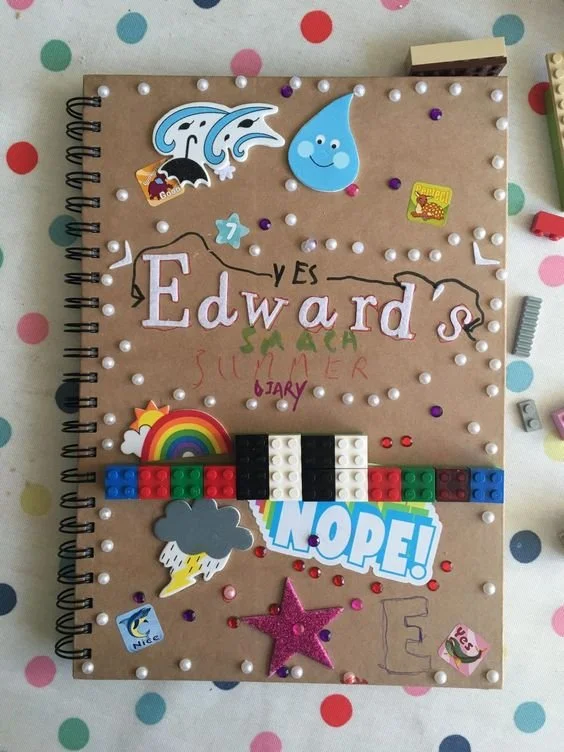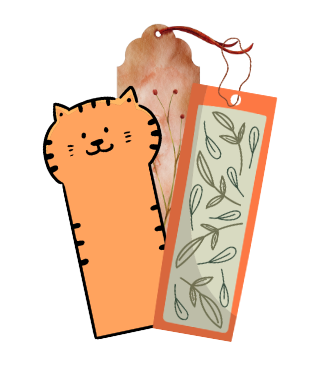Mental Health Action Day: An Hour for Social Connection
This Mental Health Awareness month, we encourage you start more conversations about mental wellness, share helpful resources on mental health care, and eliminate any stigmas or misinformation about mental health. Over 2,300 organizations are participating in Mental Health Action Day (MHAD) 2024, a global movement led by SHOWTIME/MTV Entertainment Studios and TaskForce.
MHAD encourages members of the community to dedicate one hour to social connection! At My Good Brain, we want to empower children with creative activities, resources and tips that they can use to shape a solid hour of intention and reflection.
The importance of connection
To be connected is to feel stable with two feet on the ground, fully aware of your environment and the people in it. When we’re connected to something bigger than us, we gain strength and clarity from it. It helps us understand the emotions and actions that contribute to our environment—and because of that, it helps us take better care of the relationships we cultivate in this environment.
To be connected is to be more in control of how we cope with challenges, create joy, and share positivity with the people we love.
It’s important to strengthen connections with ourselves and those around us. Being connected with yourself allows you to feel present with your emotions and how you react to them. It allows us to slow things down, process difficult feelings properly, and find the right coping mechanisms to navigate them.
Social connection applies the same values of being present and intentional, but this time with the aim of feeling closer to other people. These connections allow us to build community and support systems that respect and protect those struggling with their mental health.
A 2023 study by Gallup and Meta called The Global State of Social Connections discovered that one in four young people in the world deal with feelings of loneliness, with 25% of respondents falling between the ages of 15 to 18. By emphasizing the importance of self and social connection in young children, we hope to establish and normalize simple mental health habits that children can practice to:
Build healthy coping mechanisms for difficult emotions
Grow strong relationships that they can depend on when facing difficult emotions
The power of an hour
One hour may not sound like a lot, but it can actually work wonders if you approach it correctly. Think about it: If you’ve had an exhausting week dealing with nonstop activities, difficult conversations, or even uncomfortable environments, wouldn’t you love to spend even just a single hour on something that makes you happy?
If you’re tired, this could be an hour of sleep. If you’re feeling drained from too much time looking at your screen, perhaps it’s an hour playing outside. Or it could be the complete opposite — if you’ve spent all your energy doing activities outside, an hour of watching your favorite TV show with your favorite people might be exactly what you need.
Dedicating an hour to connection aims to show children that they can and should prioritize things that make them feel good about themselves. When done right, an hour of pure connection can help children reduce stress, grow their self-confidence, become energized and productive, and, most importantly, feel less alone.
5 art activities to fill up your hour 🎨
At My Good Brain, our mission is to show children the many ways they can incorporate art into their daily routines. Let’s explore a few activities you can do with your loved ones during your one hour of connection!
Kick off a scrapbook project
Source: The Gingerbread House’s Summer Smash Book for Kids
-
Empty store-bought scrapbook/notebook or sheets of paper to create and bind your own DIY scrapbook
Stickers/magazine cut-outs/photographs
Decorative items of your choice (ribbons, sequins, washi tape, etc.)
Coloring supplies of your choice (colored pencils, markers, crayons, etc)
Scissors
Glue
-
Pick a theme for your scrapbook related to social connection! You could build a scrapbook around happy memories with your friends and family, what community means to you, or even have it be a vision board for a memory that you’re looking forward to creating with them.
Create the cover of your scrapbook. Give it a title and have fun decorating a visually exciting cover that best represents your theme.
Onto the most fun part…designing the pages of your scrapbook! Use magazine cut-outs and photographs to visualize a story that represents the theme of your scrapbook.
Tie-dye art
Source: I Can Teach My Child’s Easy Tie Dye Art with Baby Wipes
Visit their website for step-by-step how-to pictures!
-
Baby Wipes
Rubberbands
Washable Markers or liquid
Watercolors
Paper towels
-
Pinch the center of a baby wipe to grab it firmly in your hand. Once it’s in that position, twist the baby wipe.
Tie a few rubberbands throughout the length of the twisted baby wipe to create a few sections.
Use a marker or liquid watercolor to color in each of the sections — each with a different color for a better tie-dye effect! (Tip: The colors will become more vibrant if you add color deep into the folds of the twisted baby wipe.)
Once you’re done coloring each section, remove the rubber bands and gently unfold the baby wipe.
Lay the wipe to dry on top of two paper towels.
Homemade bookmarks
-
Card stock
Ribbon
Hole puncher
Glue
Scissors
Felt sheets
Ruler
Writing supplies
Decorative materials (Glitter, sequins, pipe cleaners, pom pom balls, etc.)
-
Measure and mark the desired length and width of your bookmark using a ruler. Cut along the marked lines using scissors.
Now it’s time to get creative! Use art supplies to write a message of self-love and empowerment on the card stock. Think about a positive message that you would like to share with your community.
Cut shapes or designs from felt sheets and glue them onto the bookmark. To make it unique, you can also add decorative materials like glitter, sequins, pom-pom balls, and more.
With the hole puncher, create a hole at the top of your bookmark. Make sure it's close enough to the edge so it won't tear easily.
Cut a piece of yarn, approximately 8-10 inches long. Thread it through the hole in the bookmark and tie a knot at the end, creating a loop.
Add a dab of glue to the knot on the backside of the bookmark to secure the yarn in place. Now, you have a bookmark that’s ready to be gifted or donated to local libraries and organizations!
Lucky charms
Nature setting
How can you reduce distractions during that one hour?
One hour passes by fast. If you’re constantly distracted, it’ll be over before you know it — and you would have gained very little from that time. Here are a few tips to help you make the most of your hour:
Set intentions: Decide what you want to achieve from your one-hour session. Are you looking to feel a certain way at the end of the session? Is there a specific activity you want to complete to feel satisfied with yourself? By setting your intentions before you begin that one hour, you’ll know exactly what to focus on.
Find the right space: It’s easier to find peace and focus if you’re in a space that’s conducive for you to do what you need to do. For example, if you’re going to be scrapbooking or painting with your family or friends, you might want to look for a space big enough for your group to lay out materials and work on art together. If you’re cramped in a messy space, you’re more likely to stress out, lose track of things, and even give up halfway. You can also find ways to set the mood with music, scents, and decorative items.
Limit unnecessary screen time: If you want to dedicate one hour to doing an activity that doesn’t involve a computer or phone, then you’ll want to make it a point to avoid these screens altogether. You can place your devices in a different location so you’re less likely to pick them up. We do understand that some activities — like watching relaxing videos or video calling loved ones — require digital devices. However, we advise you to use them only if they help you build the connection you’re looking for. No aimless scrolling and no consumption of unhelpful content!
After dedicating an hour, what happens next?
Dedicating one hour to connection is just the beginning, of course! It’s a stepping stone to help children understand how feasible it is to set aside time for their mental health and wellness.
After your hour-long activity, reflect on how it made you feel.
Do you feel different at the end of the hour versus the beginning? What went well? What could have gone better? What did you enjoy the most? What didn’t you enjoy?
Taking the time to reflect on this experience will help you learn how to better take care of yourself and those around you. Determine how you can incorporate this one hour more regularly into your schedule. If one hour every day is too much, that’s totally fine! You could start with once a week, once every two weeks, or once a month.
Remember: Mental Health Action Day is all about taking a step forward in your mental health journey. After taking this one hour for yourself, give yourself a big congratulations for doing exactly that!



